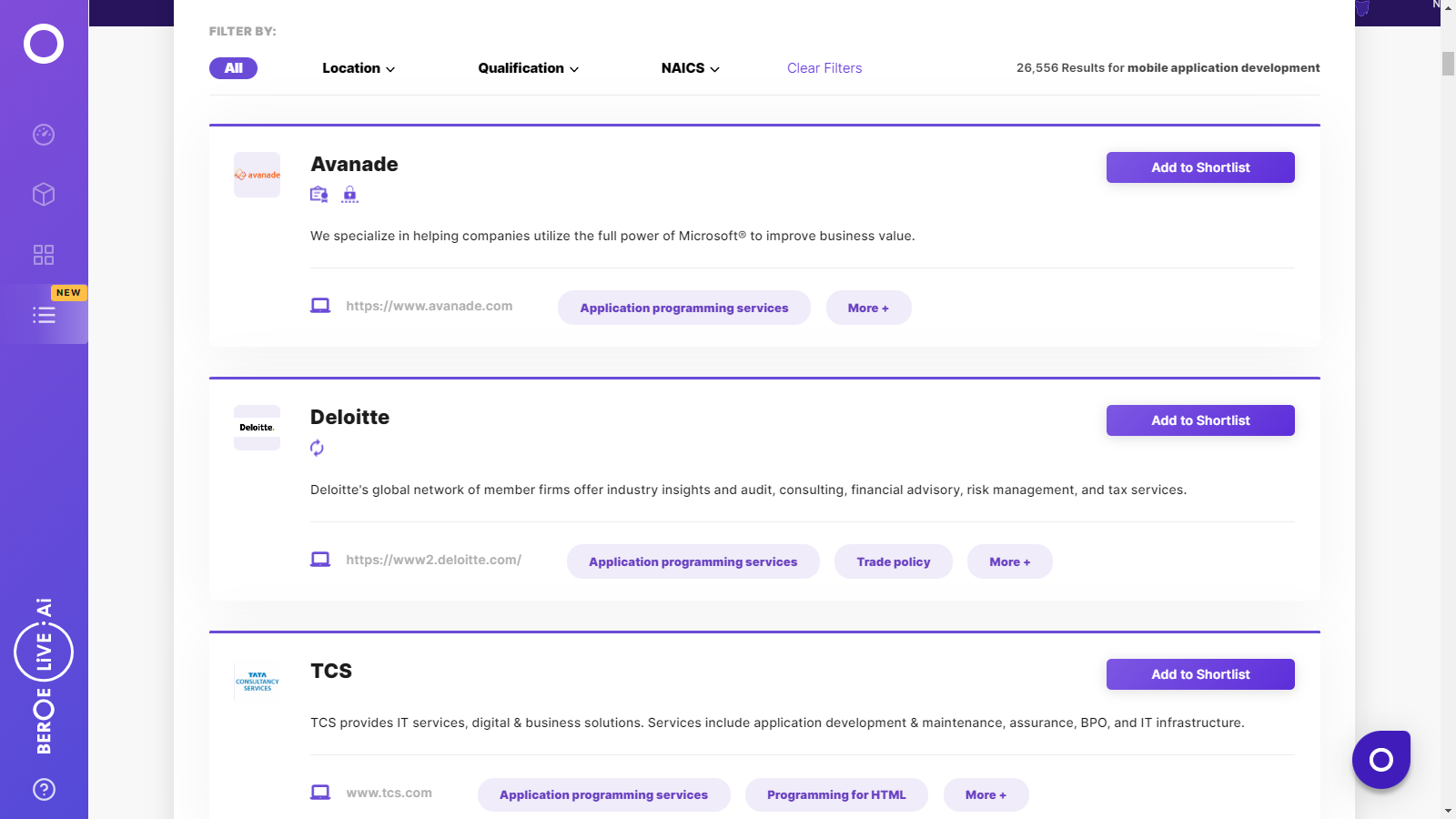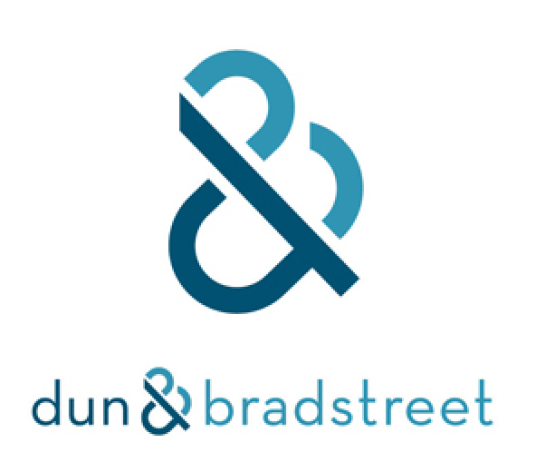CATEGORY
Mobile Application Development
Mobile application development is the process of creating software application specifically for mobiles. Consumer facing business are building mobile apps to enhance customer experience
Beroe LiVE.Ai™
AI-powered self-service platform for all your sourcing decision needs across 1,200+ categories like Mobile Application Development.
Market Data, Sourcing & Supplier Intelligence, and Price & Cost Benchmarking.
Schedule a DemoThe World’s first Digital Market Analyst
Abi, the AI-powered digital assistant brings together data, insights, and intelligence for faster answers to sourcing questions
Abi is now supercharged with GPT4 AI engine. Enjoy the ease of ChatGPT, now on Abi
Mobile Application Development Suppliers

Find the right-fit mobile application development supplier for your specific business needs and filter by location, industry, category, revenue, certifications, and more on Beroe LiVE.Ai™.
Schedule a Demo


Use the Mobile Application Development market, supplier and price information for category strategy creation and Quaterly Business Reviews (QRBs)
Schedule a DemoMobile Application Development market report transcript
Global Market Outlook on Mobile App Development
The mobile application development market generated a revenue of $61.8 billion in 2016 and is expected to be $139.1 billion by 2020
Consumer Application Development Market Trends
VR and AR- enabled Chats
- VR and AR are emerging technologies. Product- based companies have also started using these technologies to provide tutorials to the consumers.E.g., IKEA offered an augmented reality app to their customers to visualize how a particular furniture design would look in their home.
Location-based Services
- Location-based services are provided via mobile applications to allow customers to understand about the service offerings in a particular region.E.g., Uber shows its users the availability of cabs around their desired location.
Chatbots
- Chatbots respond to customers queries real-time and assist them with their purchases. Chatbots have reduced the need for live human agents to assist customer calls.E.g., Zomato(an online restaurant finder) uses virtual assistants/chatbots to support customer queries
Security focus
- Mobile applications seek for confidential data from customers, such as phone number, place of residence and also saves their credit card or debit card details on a few instances. With such confidential information at stake the focus is on developing highly secure applications to ensure that the customer data is not compromised
m-Commerce
- The emerging m-commerce market has forced companies to develop user-friendly mobile applications as an alternative selling and interaction channel.E.g., Hindustan Unilever provides an application “HumaraShop” which serves as a hyper-local grocery marketplace.
UI-UX
- The key to developing a successful mobile application is a well designed user interface. User experience is critical to customer engagement as well as monetization. If the user experience is friendly, customers tend to use the application more and are loyal to the brand.
Market Drivers
- The number of applications downloaded is forecasted to increase at a rate of 23 percent, primarily due to increasing number of smartphones in emerging markets, such as India, Brazil and Mexico.
- Consumers are willing to spend on different type of applications based on their priorities. The willingness to purchase an application is influenced by the brand, the user interface, and the level of services offered on the application.
Market Constraints
- Leading IT professionals have quoted that the time taken to develop and publish a mobile application is high. This is predominantly due to the lack of specialized skill set in developing mobile applications and high complexity levels, such as large-scale data integration.
- The demand for developing applications to assist customers and internal stakeholders is increasing and lack of resources to develop mobile applications has resulted in huge backlogs of mobile applications for the IT team.
Interesting Reads:
Discover the world of market intelligence and how it can elevate your business strategies.
Learn more about how market intelligence can enable informed decision-making, help identify growth opportunities, manage risks, and shape your business's strategic direction.
Get Ahead with AI-Enabled Market Insights Schedule a Demo Now
